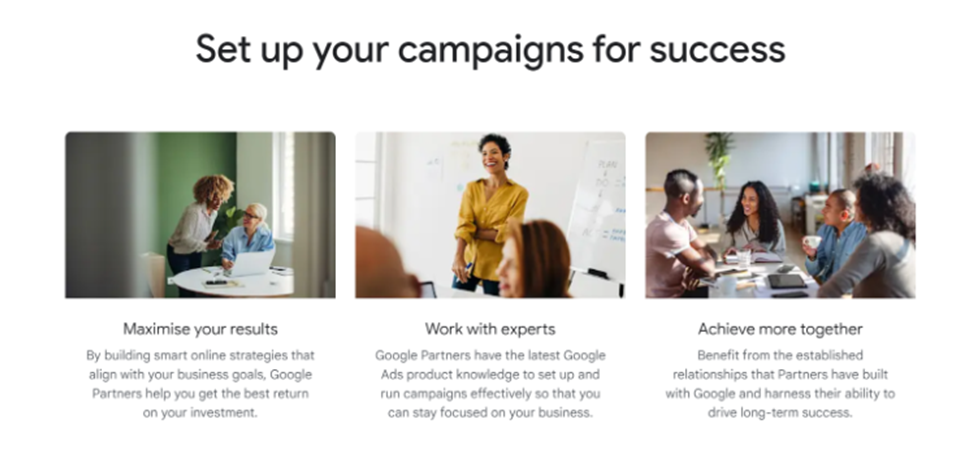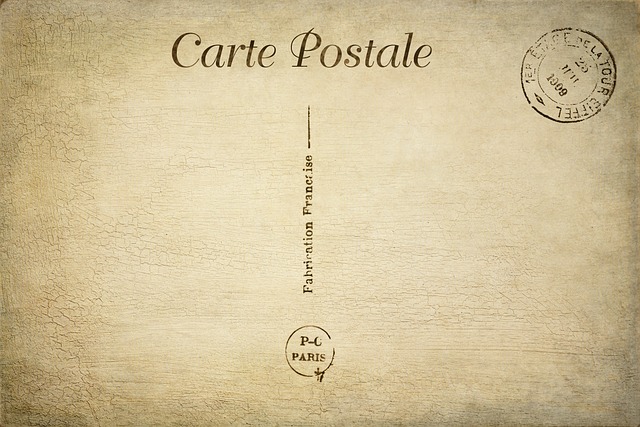
Pay per Click Campaigns
August 27, 2007
How to Track Your Google Ads Campaign
September 10, 2007Hello People!
Having read the previous parts of my blog, now it is time to set up your account. Go to http://www.adwords.google.com/ and follow these steps:
1. Click the “Start Now” button and sign up the form for the “Standard Edition”. Choose your target language and location.
2. Now create your first ad. Its role is to generate traffic on your website; therefore it must attract people’s attention. You have to motivate people to click on it. You must be concise, accurate and clear for you have restricted space. Be careful, characters include spaces as well. Here is the structure of ads in Google Ads:Headline (max.25 characters)
Description line 1 (max. 35 characters)
Description line 2 (max. 35 characters)
Display URL (max. 35 characters)
Destination URL (max. 1024 characters)
This way of creating ads is recommended by most Google Ads experts:
Always include your exact keywords in the title of your ad. If searchers see the keywords they entered in the title of the ad, they will likely click on it.
The first description line should contain your most important benefits to grab people’s attention and to force them to take action.
The second line should list features – what exactly people get after clicking on the ad. Moreover, I suggest to put a call to action to this line.
The display URL can be used as well – after your domain address you can put anything.
Your home page may not necessarily be the best one for all your ads so your URL destination address should mirror the content and purpose of your ad.
Before starting to write your ad and your description, just have a look on these useful tips:
- Get inside the customer’s head. What are your customers looking for? What do they expect?
- As you have limited text space, avoid terms like “a”, “the”, “of”, “at”…
- Use words like “new”, “free”, “limited offer”, “discount” to attract clickers.
- Avoid superlatives like “the best product…”, “the most wonderful …” or “the top of…” It is too basic and not pertinent.
3. Now enter the keywords list that you have created with Chapter #3 of this ebook. Notice that with Google Ads, you have the possibility to format your keywords with the four types of keyword matching options:
Broad matching: for example => marketing consultant. Your ad appears each time users search on these keywords, whatever the order or the other search terms.
Phrase matching: for example => “marketing consultant”. Your ad appears if the keywords are all present in the right order, regardless of other search terms.
Exact matching: for example => [marketing consultant]. Your ad only appears if the keywords are all present in the right order and no other terms are searched for.
Negative matching: for example => -manufacturing (use the “minus” character). Your ad for “marketing consultant” only appears if the word “manufacturing“ does not appear in the search query together with “marketing consultant”.
By using these matching options, you should be able to produce well-targeted results. Google also gives you the possibility to block your ads showing for searches conducted by people from certain countries or people who speak a certain language.
4. Next step is to decide on your daily budget. Choose the budget which fits to your resources.
5. Place your bid as well. Your bid price is your maximum bid price, which means you will not necessarily pay that all the time. You will only pay 1 cent more that the competitor under you.
Google will suggest you a bid amount, however it is not compulsory to follow up their suggestion. Just place the bid that you can afford. To find the most relevant bid, use the traffic estimator by clicking “Estimate Search Traffic”: it will give you some idea on the amount of clicks you can expect per day, the position of your ads among the others and how much you will be spending.
I would recommend you to place higher bids at the beginning. That will help you to generate traffic on your website rapidly and therefore to figure out which ads work and which ones don’t.
6. Enter your email address and your password. Afterwards you will be sent a validation email. Log into your new Google account. You just have to enter your credit card details and your campaign will be running!
7. If you wish to add a new campaign, log into your Google account and click “Create New Campaign”. Then you will just have to follow the steps that we have just detailed below.
The good strategy is to run two ads against one another in a campaign. After few weeks, delete the one with the lower CTR and write a new one to replace it. Google will automatically alternate your ads according to their CTR.
To create a new ad, just click the link “Create ad Variation”. Enter your new ad, and then click “Save new ad”. Google will alternate your different ads throughout the day.
Repeat the keyword in both the ad title and ad description to improve your chances for a click.





